Optimal Timing for Foundation Repairs
Foundation repairs are crucial for maintaining the structural integrity of a building. Timing can influence the effectiveness and cost of repairs, making it important to understand optimal periods for addressing foundation issues.

Spring offers favorable conditions for foundation repairs due to moderate temperatures and soil moisture levels.
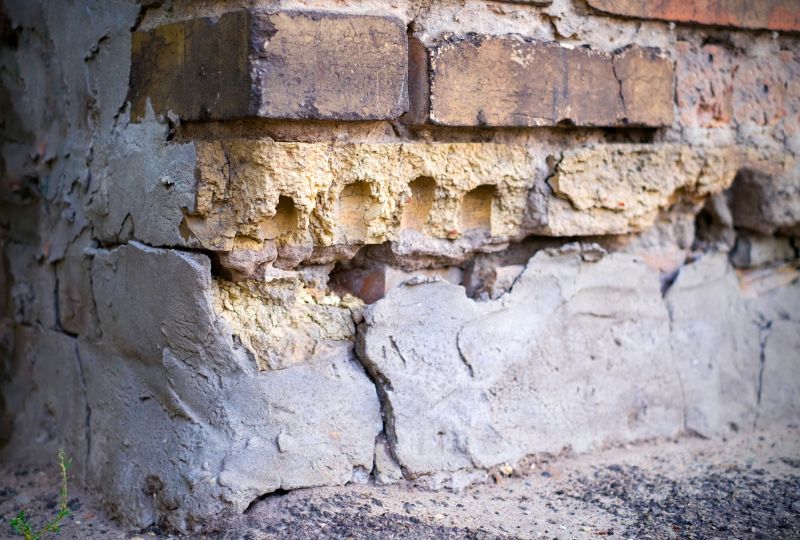
Summer repairs may be more challenging due to high temperatures and dry soil, which can affect excavation and curing times.

Fall provides cooler temperatures and stable soil conditions, making it suitable for foundation work before winter.
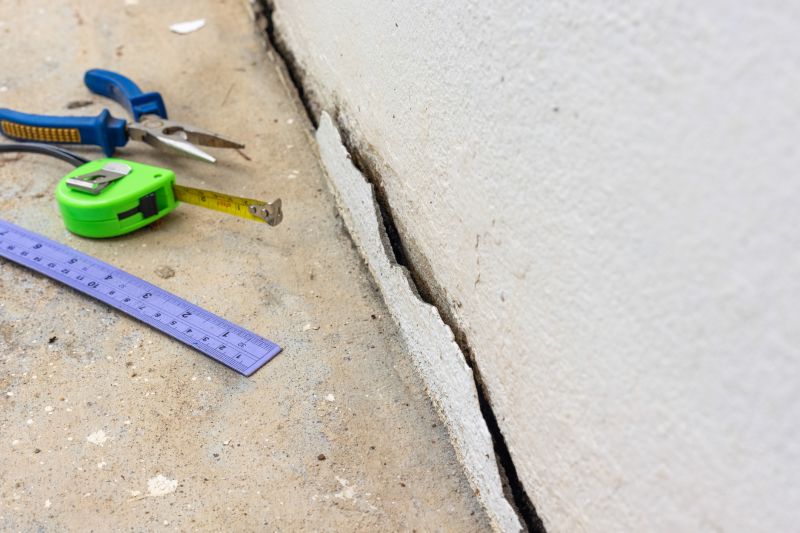
Ways to make Foundation Repairs work in tight or awkward layouts.
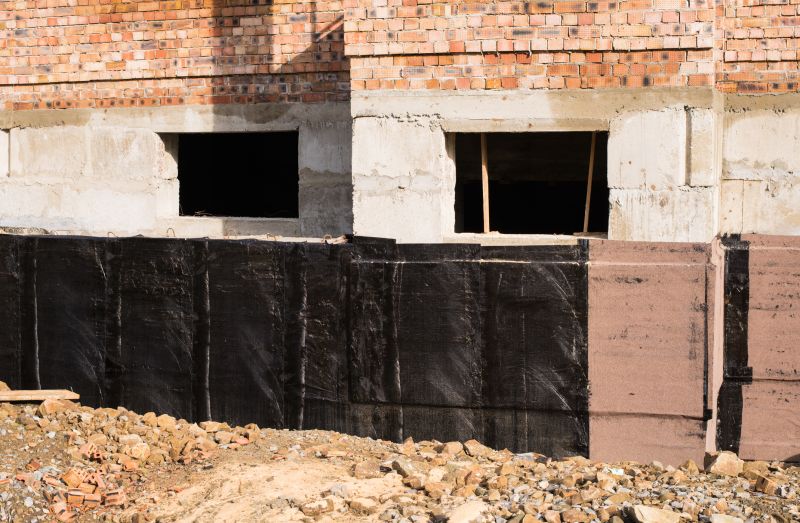
Popular materials for Foundation Repairs and why they hold up over time.
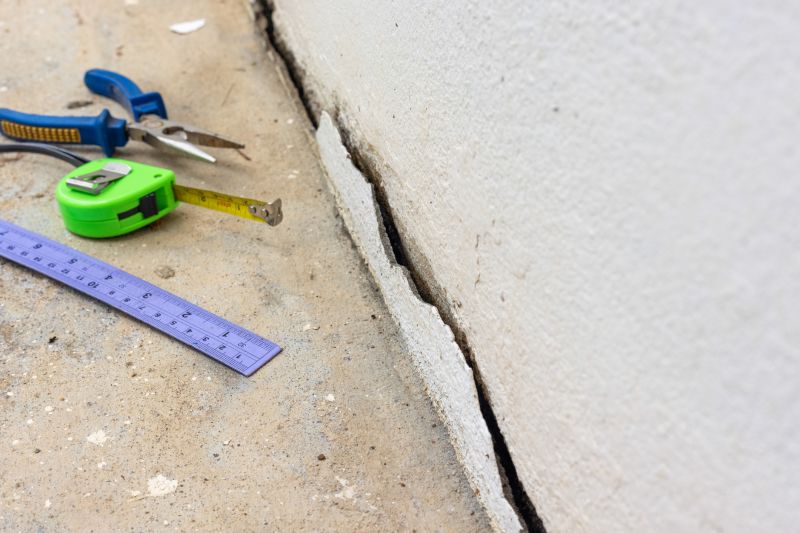
Simple add-ons that improve Foundation Repairs without blowing the budget.
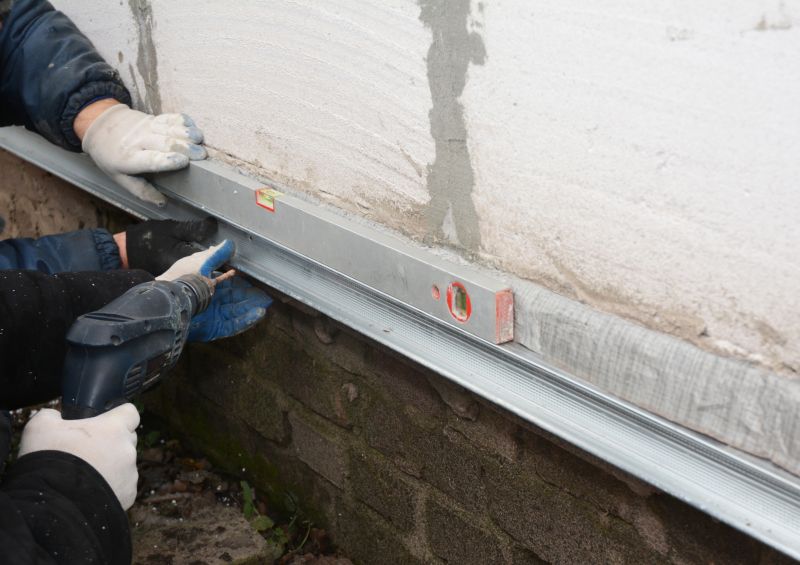
High-end options that actually feel worth it for Foundation Repairs.
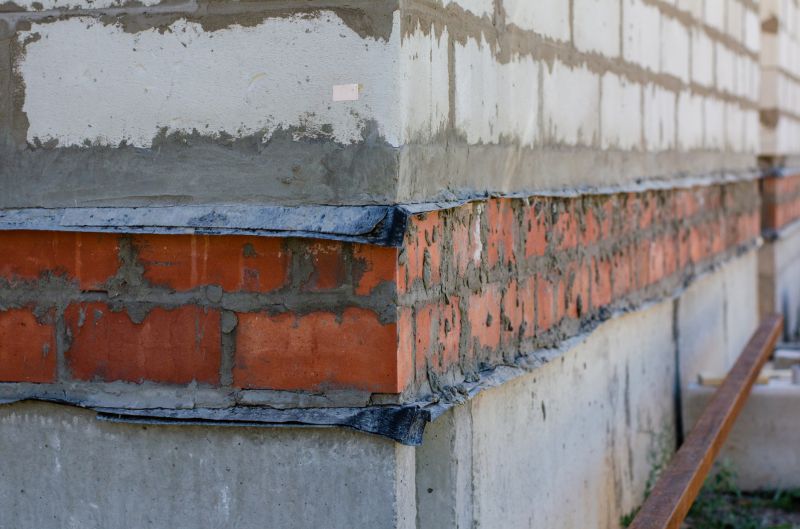
Finishes and colors that play nicely with Foundation Repairs.
Proper timing ensures optimal soil conditions, reduces complications, and can lower repair costs.
Soil moisture levels significantly influence foundation stability and repair success.
Cracks, uneven floors, and sticking doors suggest foundation issues that may require prompt attention regardless of season.
Soil expands in wet seasons and contracts in dry seasons, impacting foundation stability.
Foundation repairs involve addressing issues such as settling, cracking, and shifting that compromise the stability of a structure. Timely repairs can prevent further damage, reduce long-term costs, and ensure safety. Factors influencing the best time for repairs include soil moisture, temperature, and weather patterns. In regions like Wausau, WI, understanding seasonal soil behavior helps determine optimal repair windows.

The process includes assessment, excavation, stabilization, and reinforcement tailored to soil and structural conditions.
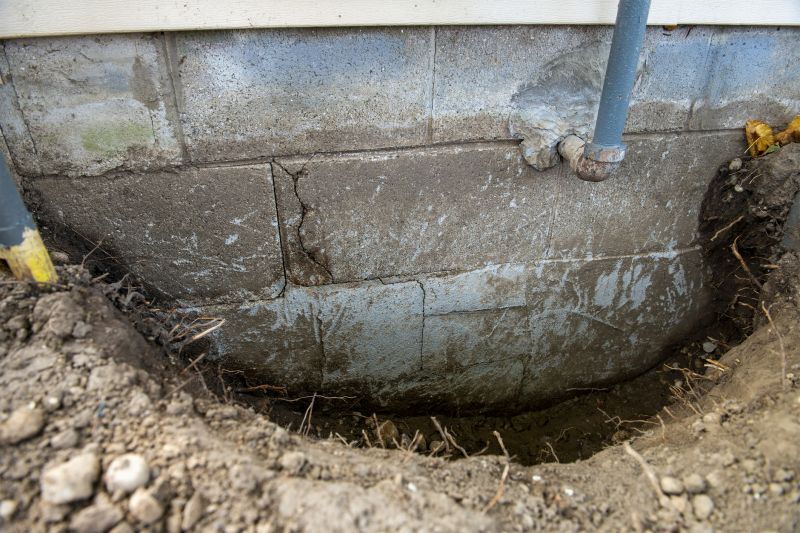
Cracks, bowing walls, and uneven floors are typical signs indicating the need for repairs.
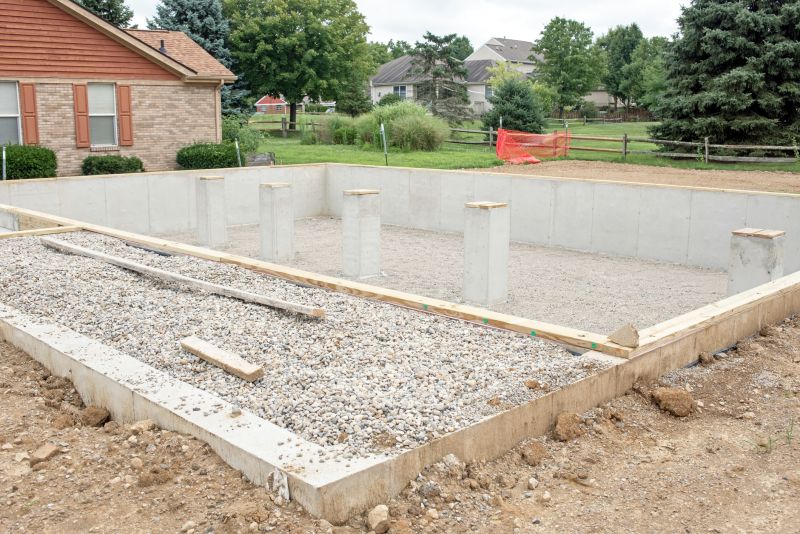
Methods include piering, underpinning, and slabjacking, depending on the problem.
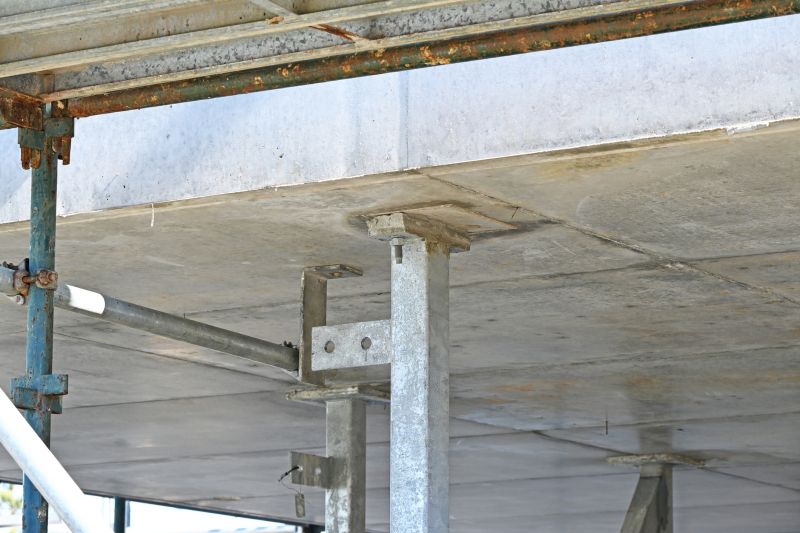
High-quality concrete, steel piers, and epoxy are commonly employed for durable fixes.

Little measurements that prevent headaches on Foundation Repairs day.

A 60-second routine that keeps Foundation Repairs looking new.
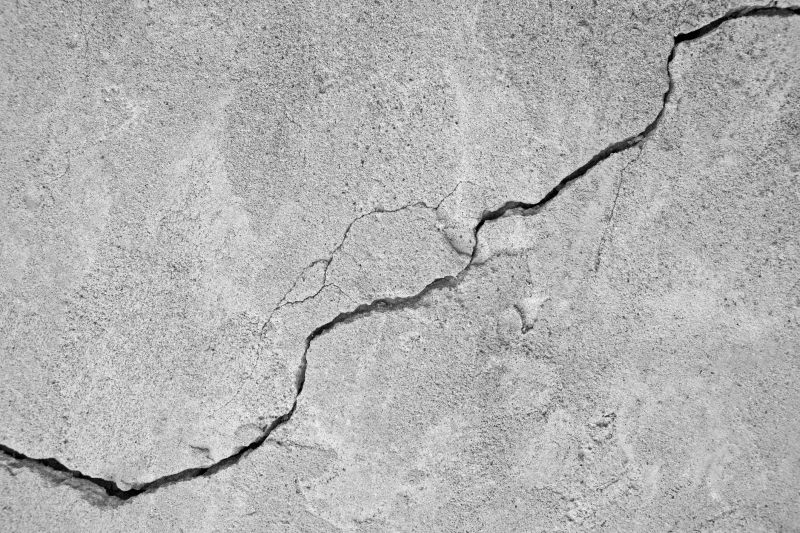
A frequent mistake in Foundation Repairs and how to dodge it.
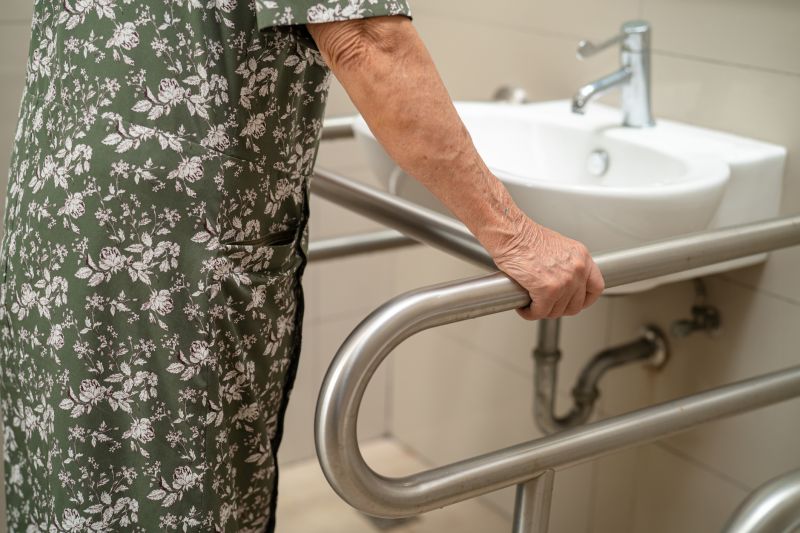
Small tweaks to make Foundation Repairs safer and easier to use.
| Season | Ideal Conditions |
|---|---|
| Spring | Moderate soil moisture, manageable temperatures |
| Summer | Potential heat challenges, dry soil |
| Fall | Cooler temperatures, stable soil |
| Winter | Frozen ground, generally not recommended |

Specialized equipment like hydraulic jacks and soil stabilization devices are essential.
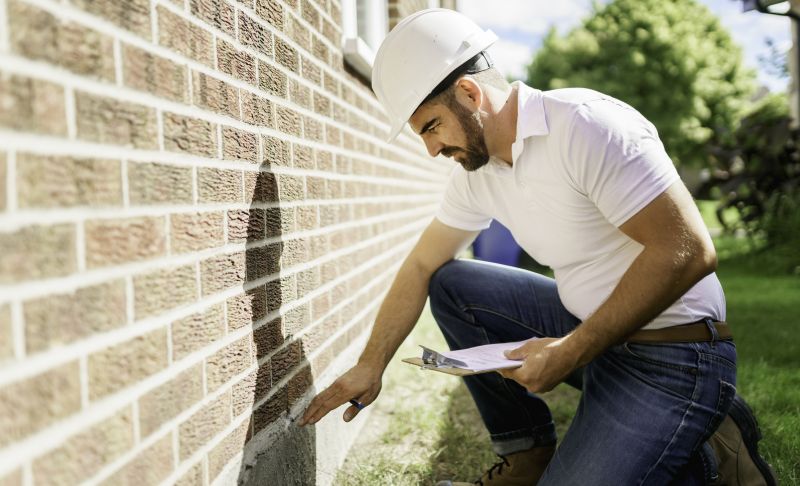
Ensures repairs are effective and the foundation is stable after work completion.
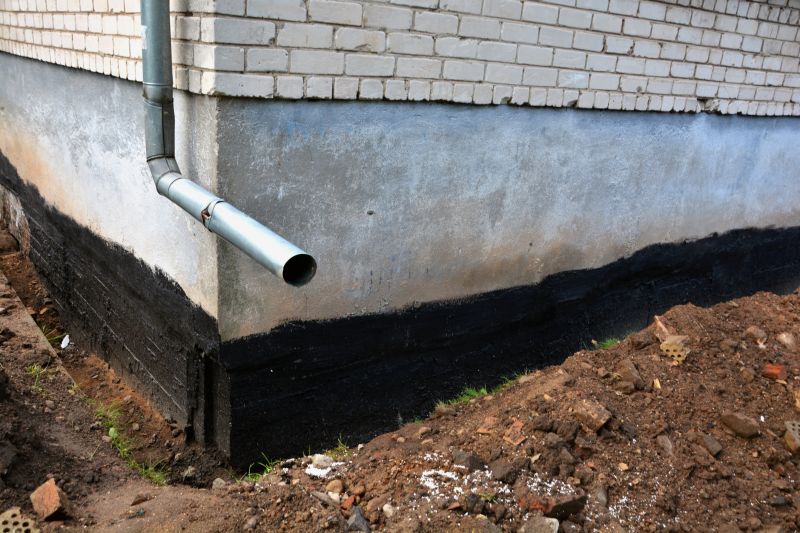
Proper drainage and soil management can prevent future foundation issues.
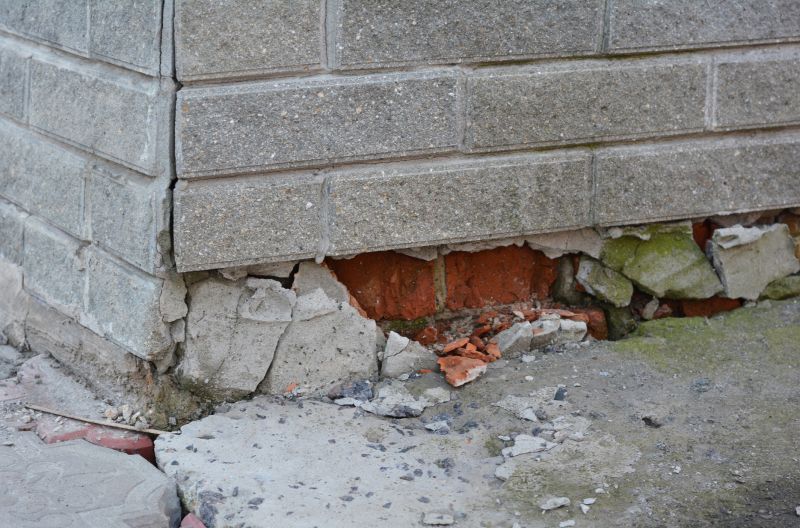
Costs vary based on severity, method, and material used, emphasizing timely intervention.

Lower-waste or water-saving choices for Foundation Repairs.
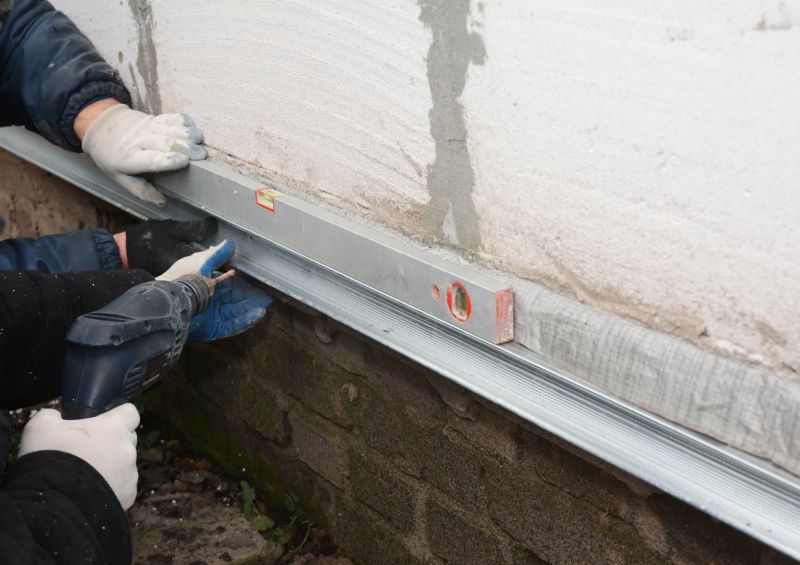
The short, realistic tool list for quality Foundation Repairs.
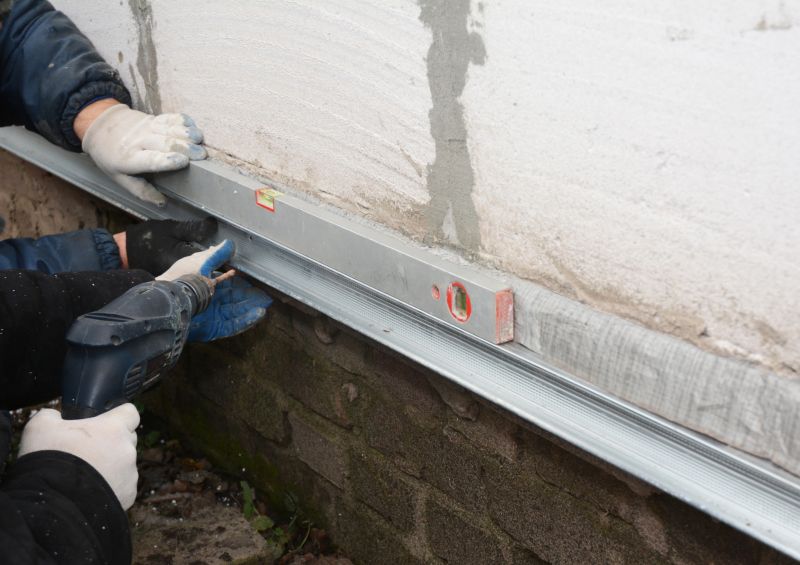
Rough timing from prep to clean-up for Foundation Repairs.
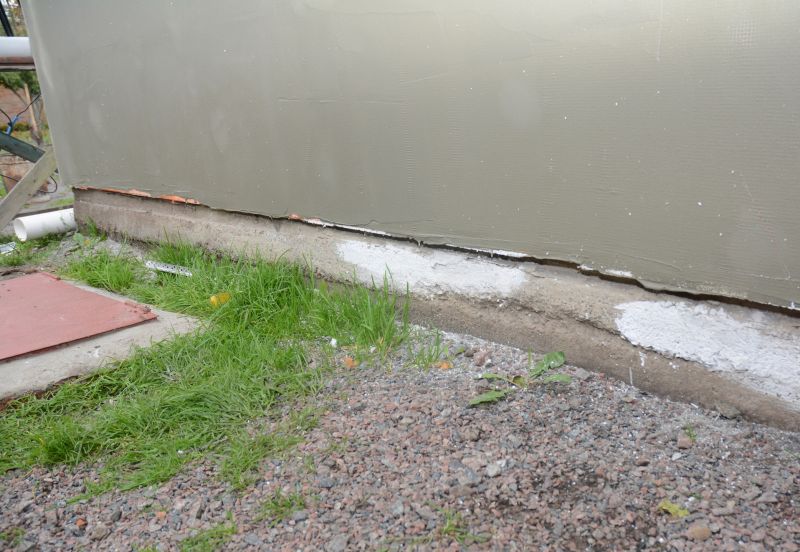
Quick checks and paperwork to keep after Foundation Repairs.
Understanding the optimal timing for foundation repairs can help homeowners and property managers plan effectively. Addressing issues promptly, especially during favorable seasons, minimizes damage and enhances the longevity of the structure. Consulting with foundation specialists can provide tailored advice based on specific soil and weather conditions in Wausau, WI.
Interested in foundation repair services? Fill out the contact form to get more information and schedule an assessment.

